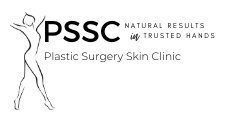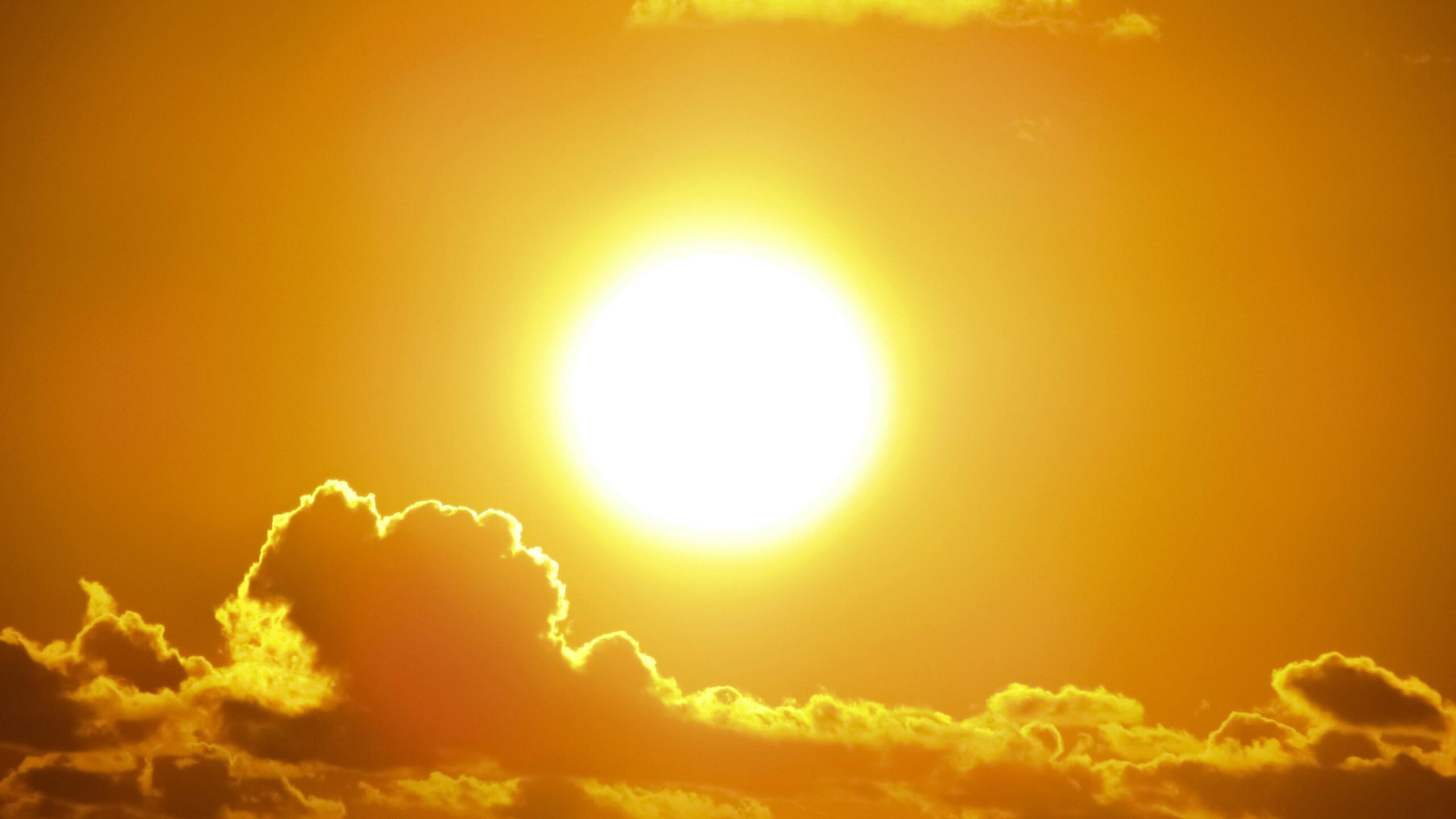The day’s are getting longer, the weather’s getting warmer, and the sun is shining brighter. And you know what the change of seasons means—swimsuits, sangrias, and unfortunately, sunburns. The latter isn’t a summer essential, but it happens way too often and unnecessarily.
Yes, we know you’ve been hearing about sunscreen and UV protection from the time your grandmother scolded you for not wearing it before cannonballing in the pool. But it’s vital to practice sun safety to prevent sun damage and the health risks it brings. Ditto, if you want to postpone those wrinkles and fine lines.
In this post, we’ll examine some common sense and not-so-common tips to help shield your skin from our glowing, celestial power plant.
#1 Practice the 5 S’ Principle for Sun Safety
We know that some of you will soak up every dose of sunlight you can, kind of like Kramer in The Butter Shave episode (Seinfeld, anyone?). But if you’re going to live outside this summer then remember this: slip, slop, slap, slide, shade—the five S’s of sun safety.
Breaking down the 5 S’s of Sun Safety
- Slip into a T-shirt or long sleeve shirt that provides UV protection. Check the label to verify that the shirt provides at least a UPF rating of 30, but ideally, 50 or 50+.
- Slop on an SPF 30+ sunscreen for when the T-shirt comes off. Apply liberally on ALL exposed areas of skin 20 minutes before heading outside. If you plan on doing a marathon tanning session in the sun, reapply every 2 hours.
- Slap on a broad-brimmed hat to protect your face, heck and ears. Boaters, floppies, urban sombreros—it’s your choice. Just wear one.
- Slide on some sunglasses that offer 99 to 100 percent UVA/UVB protection. Shades protect your eyes mainly, but they also protect your under-eyes from excessive sun exposure.
- Shade when the sun is shining at its peak—usually between 11am to 3pm. That doesn’t mean retreat back inside – but at least, sit under an umbrella, tree or anything that produces a shadow.
#2 Choose the Best Sunscreen for Your Skin
There is an art and science to picking sunscreen. We won’t detail the art part because that’s another topic in itself—in other words, there are better or worse sunscreen choices based on your skin type, tone and more.
So here’s the science-based advice, which applies to the majority of people. Choose a broad-spectrum, water-resistant sunscreen that protects against both UVA and UVB rays. It should provide a minimum SPF 30 (although higher is recommended) and offer 40 or 80 minutes of water resistance. You can see all of these attributes on the label.
#3 Watch Out for Reflections
Remember using a mirror or keychain to direct light beams into a sibling or friend’s face? It was no doubt annoying, but it highlighted a principle most of us forget—reflective surfaces can intensify your sun exposure.
And by reflective surfaces, we mean things like water, sand, and concrete among others. These materials, which make up every beach and pool you’ll go to, reflect sun (and UV rays) onto you, so take some breaks in shaded areas. Of course, wearing sunscreen and protective clothing blocks some of those rays.
#4 Stay Indoors During Peak Sun Hours
If you’re looking for an excuse to escape those busy hours at the pool or beach, here’s a good one—solar intensity. The sun’s output of UV radiation is most intense between 10am and 3pm, meaning you’re most likely to get sunburn during this time of the day. And repeated exposure to the sun during these hours increases your risk of sun damage and skin cancer.
Of course, it’s not realistic for everyone to hunker indoors during peak hours, such as those who work in construction or forestry—the outdoors labourers. If that describes you, then here are some steps to take:
- Take regular breaks, especially when the UV index is 6 or higher.
- Stay hydrated! Drinking plenty of fluids helps repair your skin barrier, further protecting you from sun damage.
- Reapply sunscreen and wear protective clothing—this calls for checking your weather app and packing these items ahead of time.
- Snack on some antioxidant-rich foods (ones with ample amounts of vitamin C, E and beta carotene). These nutrients protect the skin from sun damage.
Oh, and keep these principles in mind even on cloudy or overcast days. Up to 90% of the sun’s rays can pass through cloud cover, meaning you can still sustain sunburns and sun damage. So even if it’s a somewhat grey day, take breaks and apply protection!
#5 Regularly Check Your Skin
Bob Marley, responsible for timeless hits such as “Buffalo Soldier” and “Waiting in Vain”, tragically died of acral lentiginous melanoma (ALM) at age 36 in 1981. A dark spot appeared under his toenail, and he assumed it was a soccer injury when it was in fact skin cancer.
Unfortunately, this sort of confusion is too common, especially among people of colour.
The lesson? Check your skin regularly, especially your extremities for newly-forming or changing moles. Use the ABCDE checklist to analyze a mole if it looks suspicious and most importantly, visit a dermatologist.
Early detection of a malignant melanoma gives you a 99%, 5-year survival rate. So be observant—it can save your life!
The 3 L’s of Proactive Anti-Ageing Treatment — Laser, Laser, Laser
Now, here’s the other side of sun safety and UV protection that experts gloss over, the vain side—the anti-ageing side. You see, our skin needs a delicate balance of UV rays. Get too little and you can develop a vitamin D deficiency. Get too much and you go from looking sun kissed to a sun-dried tomato in no time.
Unfortunately, that happens all too often, especially when younger or middle age adults make skincare an afterthought. This accelerates photo ageing, the process of the sun ageing our skin.
Photoaging—How the Sun Turns Us From Fresh Fruit to Prunes
- UV radiation damages the skin at the cellular level.
- Light penetrates the skin, disrupting collagen, elastin fibers, and other skin structures.
- DNA damage occurs and precancerous cells form.
- Skin wrinkles, loses elasticity, even tone and a smooth texture.
Of course, some of this damage happens on its own due to natural ageing mechanisms. But a lack of sun protection and proactive skin care hastens the process.
A great way to fight back against sun-related aging, aside from a skin care routine, is with laser treatment. Proactive laser treatment, that is. In other words, rather than waiting for your skin to shrivel up before treating it, you can undergo laser treatment to slow down the photoageing process.
Lasers work their magic by channeling thermal heat to the skin, which causes tissue damage. The resulting damage causes the aged skin to shed, but also triggers the body’s natural healing response. That is the production of new collagen and elastin fibers, which leads to an improved skin texture and tone. But more importantly, a reduction of wrinkles, fine lines and other signs of ageing.
Essentially lasers apply the principle of destroying to build something new and better, which in this case, is your skin.
Types of Lasers Best Suited to Fight Photo-Ageing
- Broad Band Light (BBL) laser therapy — The use of BBL laser therapy, namely, our BBL Forever Young® protocol, trains your skin to act like younger versions of themselves, by inducing DNA changes. The result is a reversal of sun damage, smoother skin, and fewer wrinkles and lines.
- Fractional lasers — Fractional lasers, such as the HALO Fractional Laser, work by combining differing wavelengths to reverse ageing on multiple fronts. They use ablative lasers to resurface your outermost skin layers, which shrinks unsightly pores and wrinkles. The real action happens down below, in the dermis, where the non-ablative laser stimulates collagen production to form fresher, more youthful skin up top.
- Photodynamic treatment (PDT) — We apply topical Levulan, a light-intensifying medication, which is activated by our broad band light laser. This destroys precancerous skin cells and acne-causing bacteria, while also decreasing wrinkles and enlarged pores. It also helps improve skin texture and even out your pigmentation.
If you decide to take the plunge and get laser treatment, you’ll need to undergo a consultation. Lasers are like lotions—certain ones will work better for you than others, depending on your skin type, tone, texture, and other factors such as your age. But don’t stress about that—an in-clinic visit with a practitioner will make the best laser option clear.
It’s Getting Hotter…
The thermometer is definitely going up, not just due to seasonal change, but also, due to climate change. That brings up the hot (excuse the pun) button topic, as to how shifting weather patterns are affecting our health directly.
Skin cancer (among other sun-related disorders) result from a complex mix of factors, ranging from genetics, age, chemical exposure and more. However, sun exposure is still a major contributor to development of skin cancers. The ozone layer has thinned out over years, increasing our exposure to harmful UV B and C rays. Perhaps, its no coincidence that global melanoma rates have shot up.
Doctor Ivan Litinov, an Assistant Professor in the Department of Medicine at McGill University predicts it will get worse.
“Globally there was a 44 per cent increase in melanoma rates over the years, with a corresponding surge in mortality rates of 32 percent. Rates of melanoma are likely to increase with climate change and the thinning of the Earth’s ozone layer.”
What does that mean for you?
Don’t panic about sun exposure, but remain vigilant about sun safety. Protect your skin in all ways possible, using the tips and tools mentioned in this article. And for the sake of ageing gracefully, start attacking sun damage before it takes a toll on you.
Maintain a regular skincare routine, and consider some of the laser treatments mentioned above. With a little diligence, you can continue to be the proud owner of healthy and radiant skin, for life.
Looking to reverse sun damage while preventing your skin from ageing too fast? Get in touch with us to find the best laser therapy option to maintain healthy, youthful skin!

